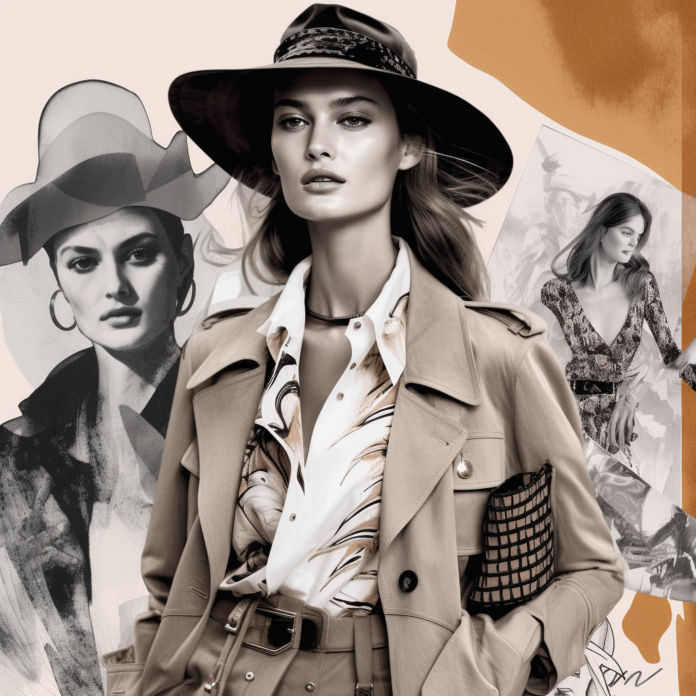How to Create a Fashion Marketing Campaign | Ultimate Guide
One of any brand’s biggest challenges is creating an effective marketing campaign. A good marketing strategy can ultimately guide a company to success. In the fashion industry, marketing strategies are even more vital as they help create a desire for a product and maintain a brand’s relevance. Therefore, planning detailed fashion marketing campaigns is imperative.
This article will explore all the steps needed to create a well-conceived and successful marketing campaign.
What is a Fashion Marketing Campaign?
A fashion marketing campaign can be characterized as a series of efforts meant to promote a product, service, or brand in fashion. The goal is to capture the attention of a specific target public and to accomplish a commercial objective. When marketing a fashion brand, it is fundamental to have a well-defined purpose. This can take different forms, such as :
- Promoting a product that will be launched on the market;
- Raising awareness and increasing sales of a product or service that already exists in the market;
- Increasing sales and/or awareness of fashion brands;
- Generating interest and driving action through sales.
The ultimate aim of a campaign is always to stimulate action from the target public, whether it is to buy something like a dress, sign up for a free trial, or enter and visit a fashion brand, either online or in the physical store.
Fashion marketing campaigns usually use techniques that use a combination of advertising, social media platforms, public relations, and other promotional actions. These strategies/channels are at all times dependent on the objective of the campaign, its target audience, and the available budget of the marketing team.
Why are fashion campaigns crucial for fashion brands?
Fashion marketing campaigns are the key to a successful clothing brand as they help them remain relevant in a highly competitive industry. Some of the major benefits of clothing brand marketing include:
- Building brand awareness and creating interest in the label, giving it notoriety and boosting sales of its products or services;
- Establishing a brand identity by transmitting values, using eye-catching visuals and messages, and unique features that can build a strong emotional connection with the target group;
- Differentiate a certain product from its competitors. Through fashion campaigns, brands can become leaders in their category, and are likely to set trends;
- Help establish a loyal customer base;
- Providing valuable data that can assist fashion brands in refining their approach over time and making decisions to further improve their campaigns and overall clothing brand marketing strategy.
Any brand that wishes to stand out in the market must develop well-planned fashion campaigns to attract a specific target audience.
What are fashion marketing strategies?
By itself, a strategy is a course of action designed to accomplish a certain objective. It involves the identification of particular goals and the development and execution of a method to achieve them.
A marketing strategy is a way a company intends to market its brand, its products, and its services to its potential consumers. The best strategies consider the brand’s commercial objectives, unique characteristics and values, and current market trends, without ever forgetting the needs of its target public. Essentially, it is a marketing plan that consists of a series of conscious decisions and actions that are intended to culminate in a goal.
Further on in this article, we shall realize that the best fashion marketing strategies only occur when there is the establishment of specific goals and objectives.

Examine your branding strategy
The greatest foundation for a well-planned fashion marketing strategy lies in the analysis of the brand and its products. Branding refers to building and managing fashion brands. It is the overall image, all the emotions and perceptions that the consumer has. Branding affects every aspect of the marketing efforts that will be carried out because it will dictate the direction the campaign should take to be successful and coherent with the fashion brand in question.
It is so necessary to examine the branding strategy before developing a fashion marketing plan to convey a clear and consistent message between the campaign that will be conducted and the branding, ensuring that the proposal will resonate with the existing customers.
Analyzing the branding strategy also provides insight into how customers perceive a fashion company and what can be done to improve it, be that creating effective messages, evaluating areas where the company can expand and evolve, or creating products that will satisfy customers even more effectively.
So by regularly reviewing the branding strategy, a fashion label can ensure a brand’s competitiveness while building a bridge to meaningful fashion campaigns.
Analyze your brand in the fashion industry
The first step when reviewing branding strategy is to analyze the brand in the fashion industry. This means that it is important to examine the impression that the brand wants to convey. To do this, different factors must be analyzed, such as:
Color palettes
These are the most widely used colors and the ones that serve as a form of expression and are always in a clothing brand’s marketing strategies.
Many fashion brands rely on monochromatic palettes, others use a wide range of colors such as Benetton, and still, others choose a reference color for the brand, as is the case of Louboutin red or Tiffany and Co patented blue.
Being able to identify the colors used by the brand is the first step to ensuring the creation of a visual association with it.
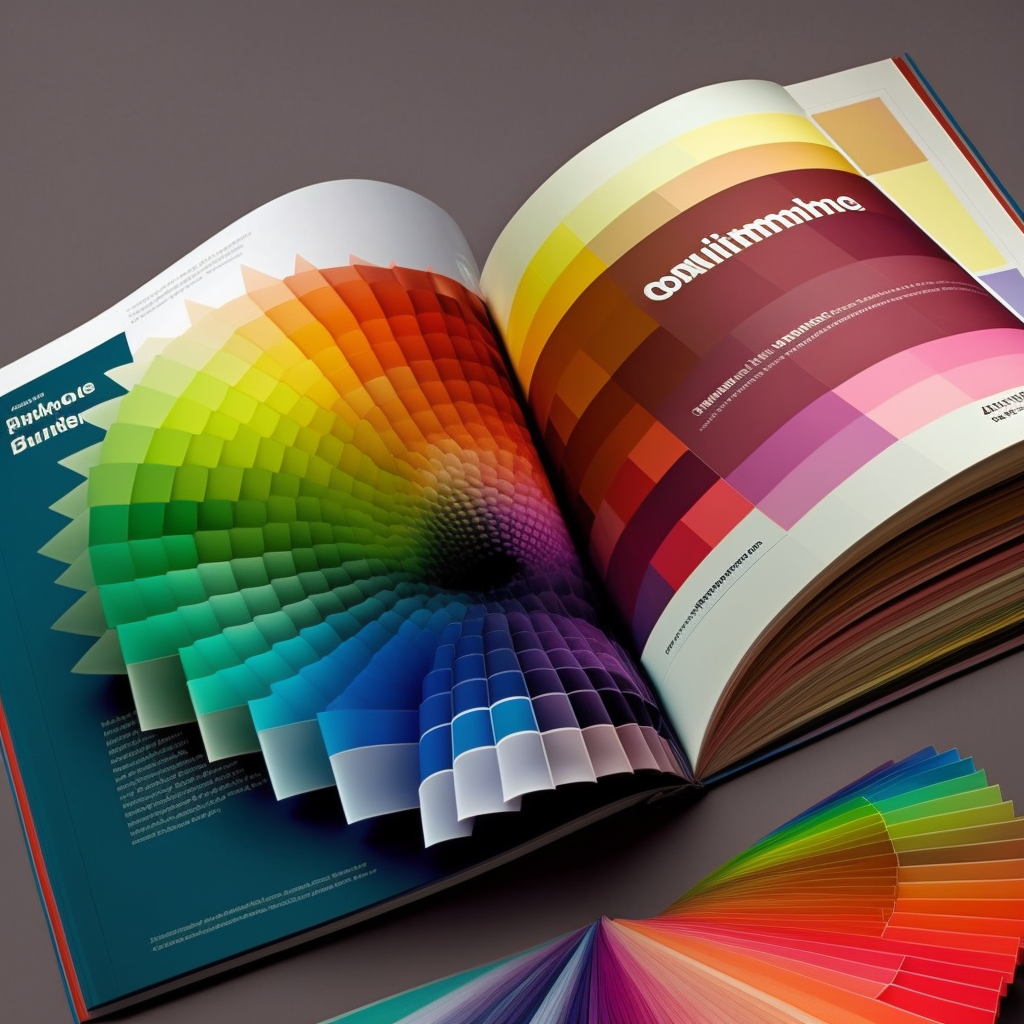
Logo
The symbol represents the brand and distinguishes it in an area of activity. A logo made with a simpler, more elegant typography usually identifies a luxury brand as opposed to a logo full of color and more visual noise.

Typography
Represents the total font styles and sizes that are consistently used in content marketing and branding materials and that convey a visual unity to the brand.
Images
The brand style of images, their layout, composition, and aesthetics that are displayed in social media, for example, can characterize both a campaign and the brand identity.

Design style
The visual identity of the brand’s clothing design, its proportions, shapes, and content is undoubtedly a way of identifying a brand. A streetwear brand can be set apart from a loungewear brand, and so on.
Packaging
The packaging design will reinforce the visual identity of a brand, so it is important to understand where it stands.
All of these factors are commonly described in brand guidelines, that is, guidelines that dictate how the visual elements of a brand should be coordinated so that there is coherence between marketing campaigns and branding. Apart from this, there are even many more factors that further identify a brand and distinguish it from its competitors.
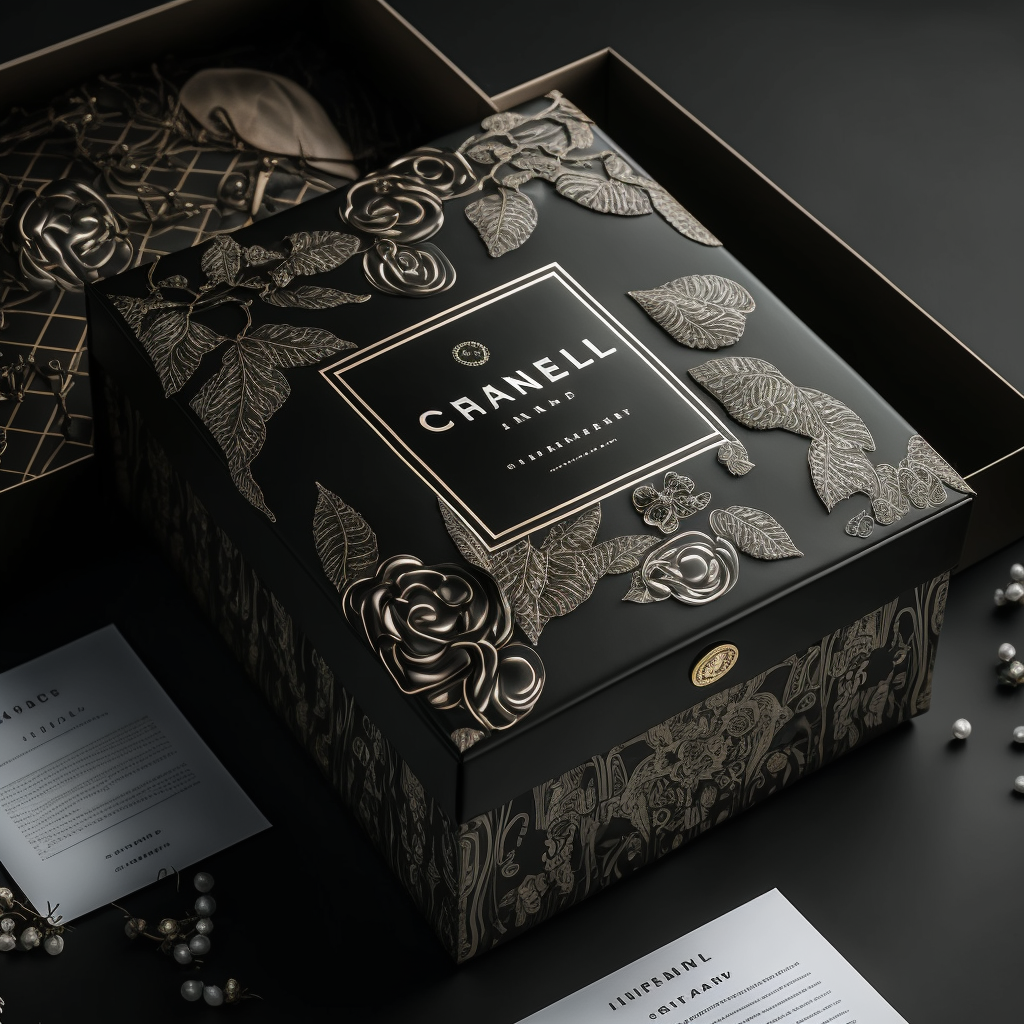
Recognize your brand values
Acknowledging a brand’s core values is imperative when it comes to positioning. Brand values are the fundamental beliefs and guiding principles defining the brand. These values become the brand’s identity, influencing its behavior and guiding its decisions, and can be expressed through messages and in the brand’s visual identity.
Some examples of the values of clothing businesses can be authenticity, innovation, quality, sustainability, collaboration, inclusiveness, trust, honesty, transparency, and social responsibility, among others.
To recognize and analyze the values of fashion brands, it is necessary to:
- Identify the brand’s mission, which means the overall purpose of the brand and the reason for its existence;
- Evaluate the brand personality traits and how they align with the brand’s values;
- Collect feedback from people inside and outside your fashion business to understand how they perceive the brand and what values they associate with it;
- Analyze the brand messages, visual identity, and the design itself to ensure that everything reflects the values that are intended to be communicated.
By recognizing a brand’s values, it is easier to see whether the company is perceived as genuine and credible, as well as helping to build brand loyalty, thereby helping to build brand awareness. Thus, reviewing positioning can guarantee that brands are communicating their values effectively and differentiating themselves from the competition.
Be aware of your best sellers
A best-seller is a product that sells in very high quantities or has high selling numbers in a given period. In other words, it is a product that is highly requested by many consumers, and that sells in large amounts compared to other products in the same category.
Fashion brands define a best seller as a business success since they create style guides that sell easily to existing customers both in an online store and in a retail store. For this reason, a best seller in a clothing line can contribute significantly to a company’s profitability and reputation by attracting customers that will spend money and helping the company invest in new products, marketing campaigns, and other initiatives.
Bestsellers can show consumer preferences, which can also be used to guide the future course of a fashion marketing strategy.
To identify a best seller, a fashion brand should analyze its sales data and customer feedback, looking for patterns in sales revenue data to identify which products are most consistently popular over time.
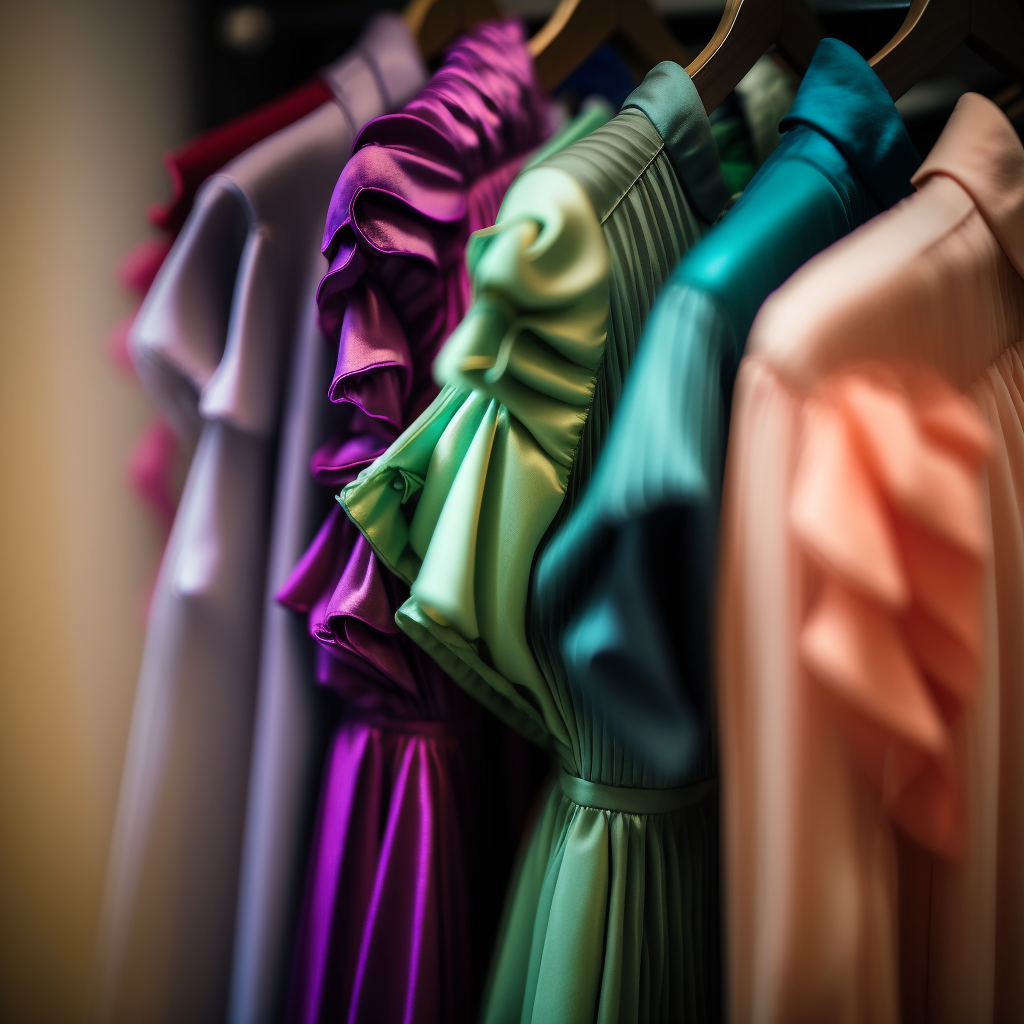
Do a SWOT analysis
To analyze a specific fashion brand in the fashion world, it is necessary to make a wide-ranging analysis and evaluate its strengths, weaknesses, opportunities, and threats. This is how the Swot analysis appears, which serves as a planning tool that enables the detailed analysis of each of these factors and creates a global vision of brand positioning in the market about other brands.
To perform a SWOT analysis, the following order should be followed:
- Define an objective to determine the purpose of the analysis that will be conducted
- Identify the strengths that the brand owns that may be related to its products or its unique selling proposition.
- Identify weaknesses, that is the brand’s limitations or areas for improvement.
- Identify external opportunities such as emerging trends, changes in the market, or new brand partnerships and try to use them to its advantage.
- Identify external threats, such as economic changes and potential risks and challenges that the company must face.
- Analyze the results to develop effective strategies in the fashion marketing industry and develop an action plan that is aligned with the brand’s goals and objectives.
Typically, SWOT analysis should be reviewed periodically to keep it accurate or each time there is a significant change in the market, such as the entry of a new competitor or technology that may impact the business.
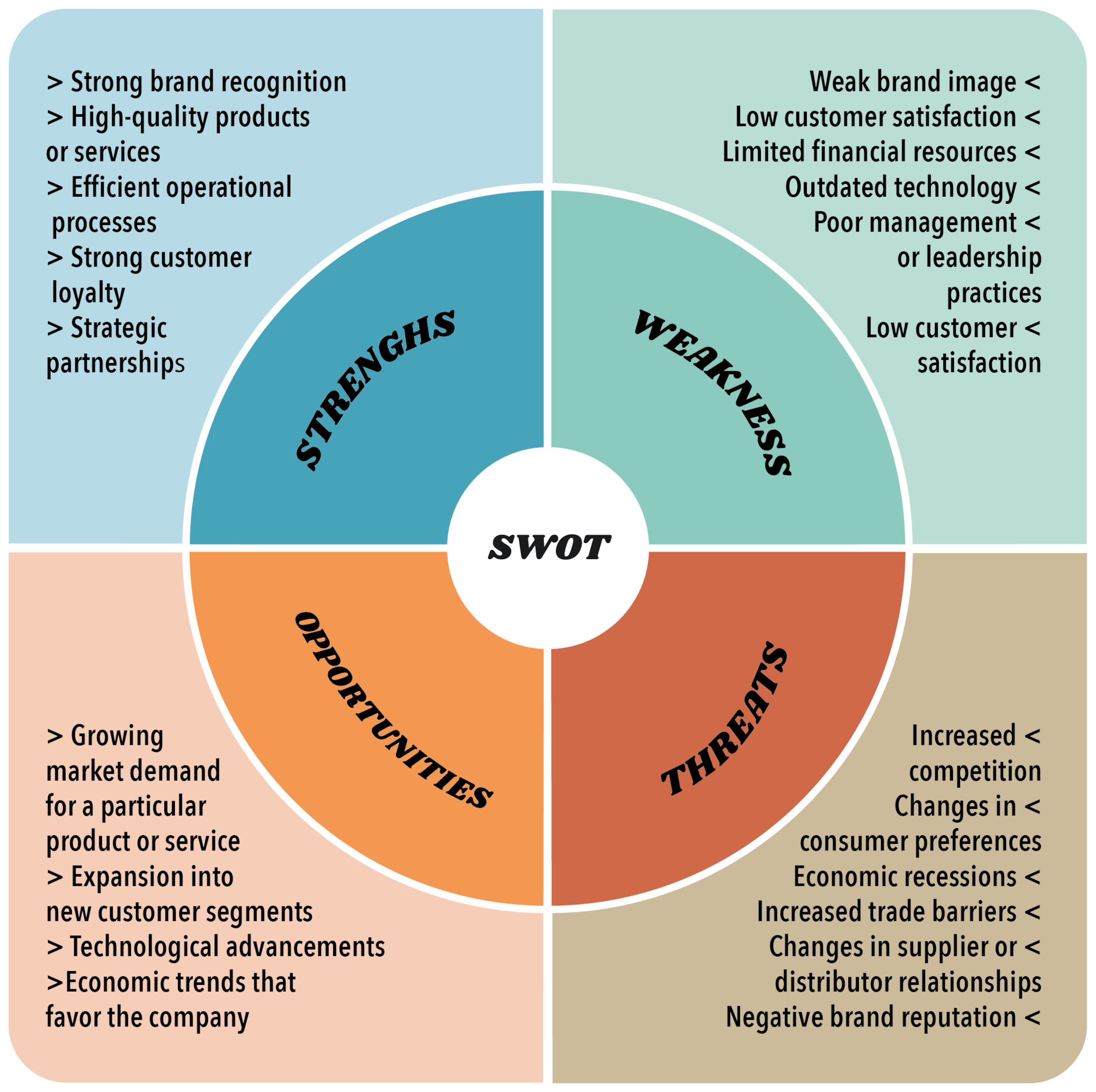
Understand where you are – Blue Ocean vs Red Ocean
There are many brands in the massive fashion market. So, after the SWOT analysis, it is essential to realize the overall positioning in the fashion industry of other fashion companies. The terms “blue ocean” and “red ocean” refer to different market segments.
- The Red ocean represents a target market where competition is intense and brands compete for a share of the existing demand. In the fashion industry, this market segment is already saturated with well-established brands, which makes it difficult for new brands to compete.
- Blue ocean is an unexplored area of the fashion market with limited or absolutely zero competition. It provides an opportunity for new brands to break out by offering unique products and services, as well as new styles.
By knowing these terms, fashion brands can measure their competitive landscape and understand their unique selling proposition (USP). The USP refers to the unique feature or product that makes a product or service stand out from its competitors. The USP should be unique, relevant, and specific.
This knowledge also enables them to develop effective marketing strategies, allowing them to adjust their marketing messages and product offerings to better meet the needs of their target audience.
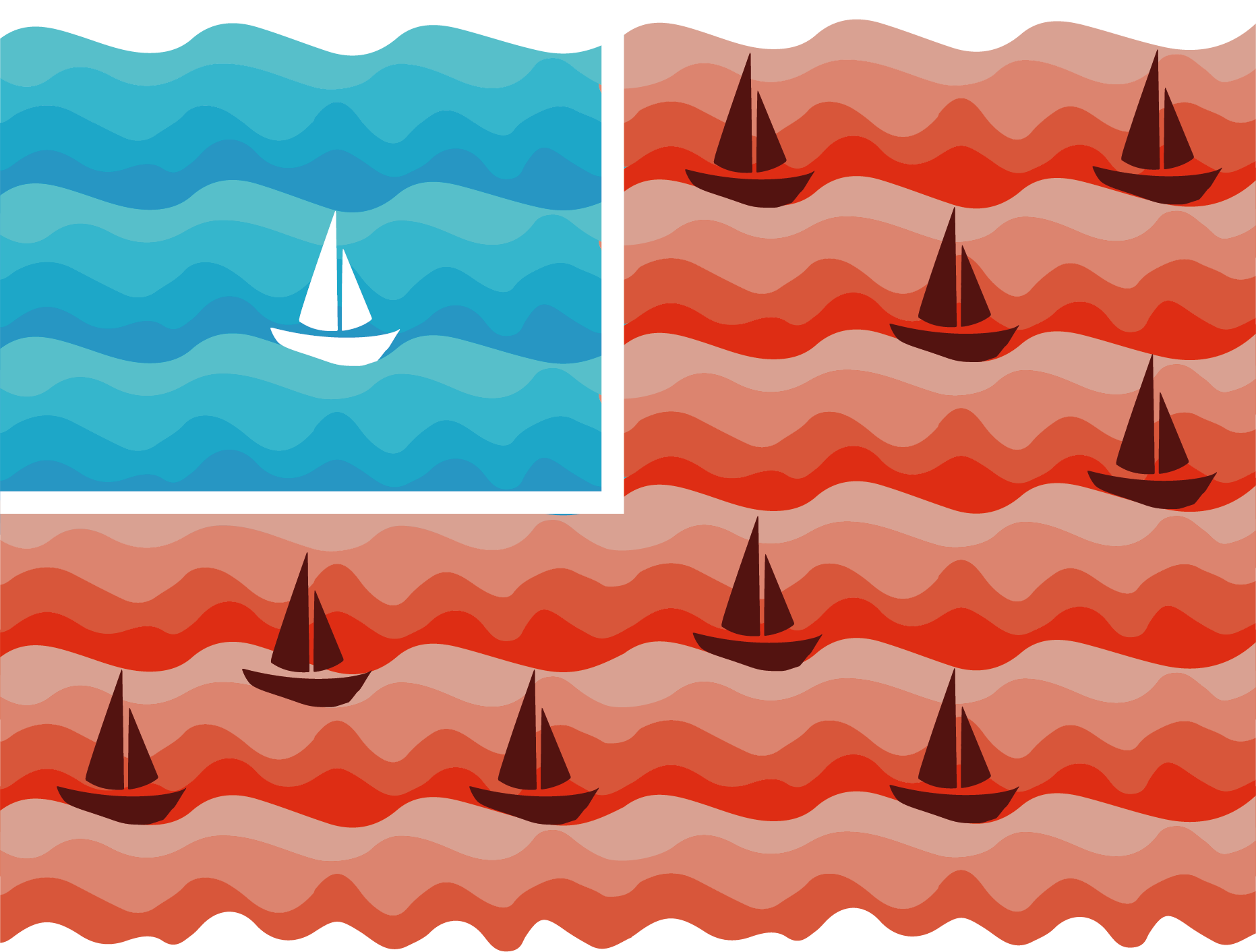
Identify what you intend to communicate. Use a clear message.
Identifying the values a fashion brand wants to communicate allows it to create a consistent and cohesive message across all channels, whether it’s on online stores, retail stores, social media, or paid advertising.
Clear communication makes a marketing campaign more effective because it helps build a message that interests the audience, allows them to achieve recognition, and ensures brand loyalty. In addition, a clothing brand marketing strategy based on a clear message is more easily understood, making it more memorable and impactful.
Understanding the intended brand communication allows for the creation of several distinct marketing campaigns that manage to be cohesive among themselves. A good example of this is Nike’s marketing efforts, with several different campaigns that are always based on core values such as performance, innovation, and authenticity.
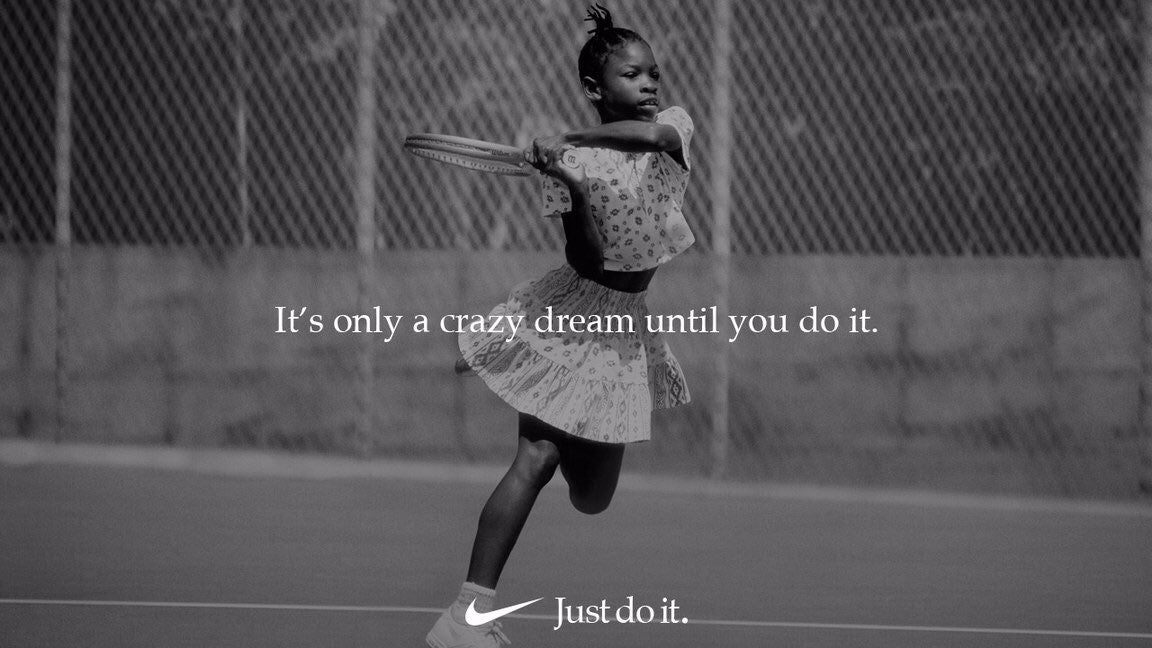
Define a marketing campaign for your product
After examining the branding structure of a brand, its visual identity as well as its core values, it becomes possible to start building a campaign to promote a specific product or service. A good clothing brand marketing strategy is conducted according to several steps that dictate the purpose of the campaign to potential customers and the way it must be executed.
The first and most important step is to define which product or products will be promoted and the overall aim of the campaign.
In the next section of this article, we will cover all of these steps that make up the planning guide for a fashion marketing campaign.
Define your target customer
The first step used by fashion marketers when developing a campaign is to identify who is the target audience. It refers to the specific group of individuals to which a particular product is intended to be sold and who will be the main focus of a fashion brand’s marketing efforts.
Identifying who the campaign is targeted to, as well as their needs and interests, helps to focus the communication of the marketing campaign more effectively.
Determining the target customer involves research in order to create a profile of who they are and what they need. The main characteristics used by brands for target audience segmentation are:
- Demographics;
- Behavioral patterns;
- Income level;
- Interests;
- Ethnicity;
- Age;
- Gender;
- Education level;
- Social Status;
- Family statues;
- Values and Beliefs.
Understanding the target customer for a fashion campaign is vital because :
- It enables marketing messages to be tailored to meet consumers’ needs, wants, and preferences. Therefore, a campaign will communicate more accurately.
- It allows a campaign to channel its resources to the most profitable customer segments, saving time as well as money.
A marketing campaign, depending on its objective, can attract different types of potential customers.
- A fashion brand can create a campaign to attract customers just as it can promote products to its already loyal audience.
- It can also create a campaign to make a new product known to an ideal client, or it can join forces with influencer marketing through social media to capture new customers who may or may not already know the product.
- Lastly, the goal of the campaign can also be to attract new website visitors or potential clients with purchasing power.

Product features and benefits you want to highlight
A product feature refers to a specific trait that distinguishes it from other similar products on the market. Features should always take into account a consumer’s needs and try to fulfill them.
When referring to features of a product in the fashion industry, we may talk about the type of fabric, the design elements such as color, patterns, silhouettes, sizing, or other features such as pockets, zippers, or buttons.
A fashion marketer, when developing a campaign, must consider which specific feature or features to promote.
By emphasizing the key features and the USP of a product, it will communicate its unique value to its target customers, putting it apart from its competitors. The USP is the unique and valuable feature that makes a product stand out from others. It should always bring benefits to consumers and improve their lifestyles.
Additionally, a good understanding of what features to highlight will enable fashion marketing to be tailored to the needs of the target group. For example, in the StellaCircular campaign, Stella McCartney brand promotes sustainable fashion to eco-conscious consumers by encouraging them to choose environmentally-friendly materials and to recycle their old clothes.
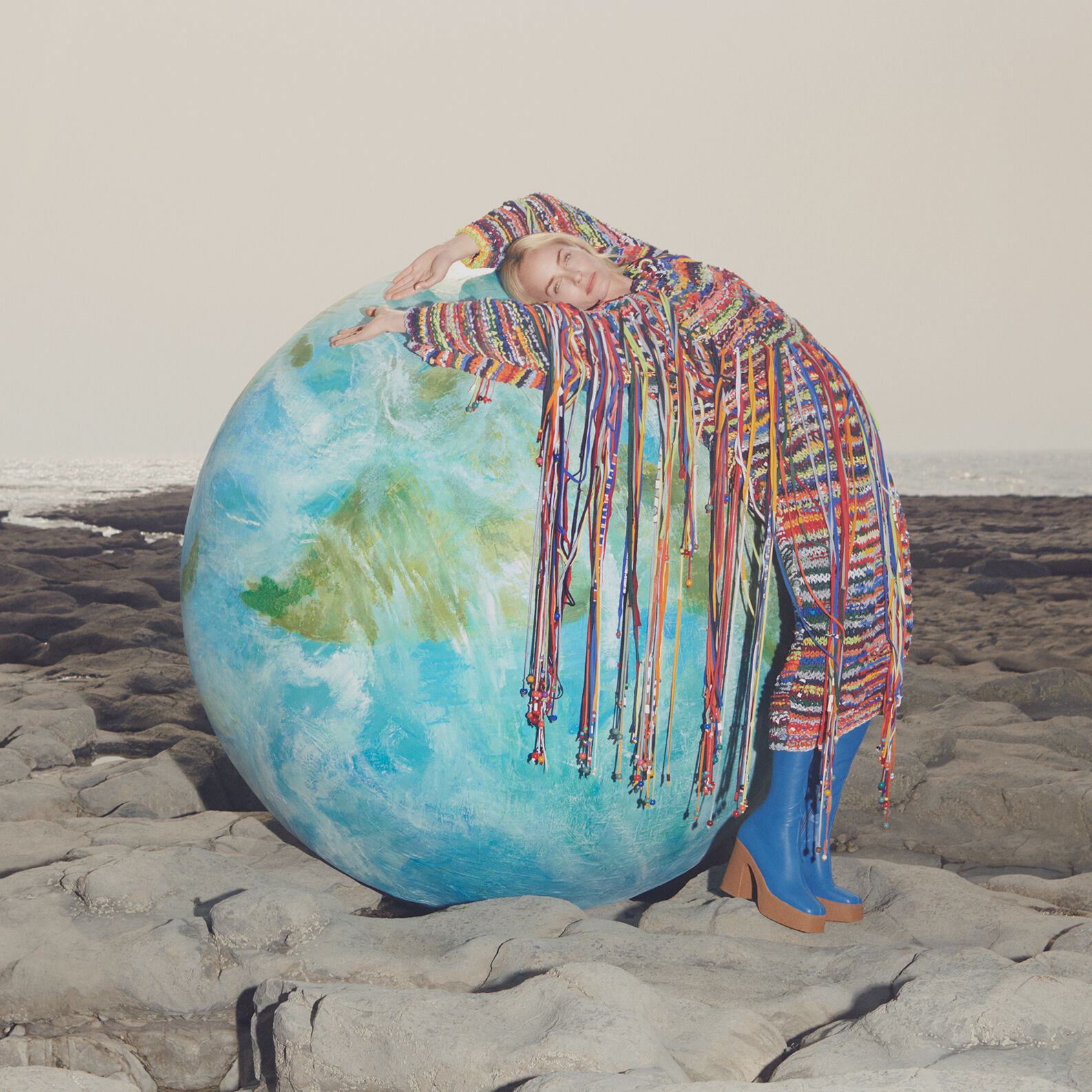
Develop a creative concept and use engaging materials
A creative concept refers to the central idea that is the foundation of a marketing campaign. It must be a unique approach that can capture the attention of an audience through innovative and appealing communication.
Fashion marketers have understood the importance of developing good clothing brand marketing ideas to stand out and establish a unique identity. A good concept needs to create content that unites the key message of a marketing campaign, the fashion inspiration and style guides of the product, and the personality and visual identity of the brand. It also needs to communicate the main idea and benefit of the product in question.
To achieve a good marketing strategy, a variety of engaging materials and methods are used to create compelling campaigns. These can be:
- Visuals, with high-quality photos, videos, and illustrations showcasing a product attractively;
- Creative slogans and captions, product descriptions, and storytelling that emotionally connects with consumers;
- Interactive elements such as quizzes, surveys, or games that engage the audience;
- Sharing brand experiences with other users through, for example, social media campaigns and digital marketing;
- Immersive interaction via in-store events and e-commerce marketing experiences with virtual reality product presentations, among others.
Some examples of this may include visually aesthetic product images, behind-the-scenes videos from a photo shoot, and interactive social media campaigns that drive followers to participate in a contest or give a testimony.
All of these engaging methods supporting the entire concept assist in the delivery of the creative message and uniquely showcase the products. The ultimate goal is to encourage the public to take action, either by purchase or by sharing the information on social media, for example.
Select the right marketing channels
Marketing channels describe the various paths that brands use to promote their products.
A fashion marketing campaign has to choose the proper marketing channels and tactics to reach its audience. It can either choose just one channel or several, and this is referred to as the marketing mix. These channels can take multiple forms, and they define the marketing strategy that will be done.
Knowing and understanding the marketing channels is essential to choose the most relevant ones for a successful campaign. Also, by investing in the most effective channels, a campaign can better focus its marketing resources.
Therefore, we will review some of the channels typically used in fashion campaigns.
Google Search
Google Search is an efficient marketing channel for fashion campaigns because it allows brands to reach customers who are searching for very specific products.
To make this channel more effective, search engines are usually optimized using tools such as Search Engine Optimization (SEO): SEO, Google Ads, Google Shopping, social media ads, email marketing, google display ads, and Google Analytics to increase visibility and drive sales.
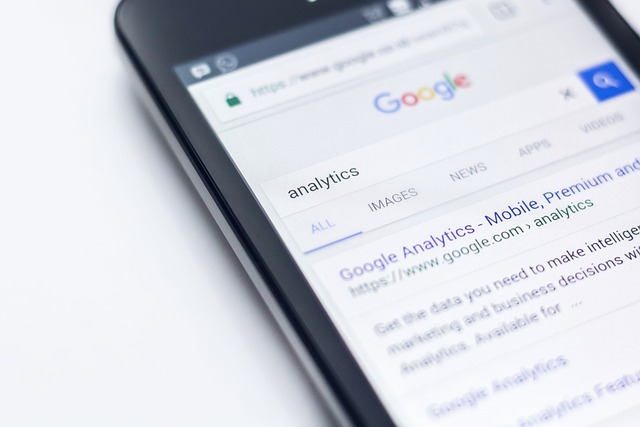
Social Media
Social media marketing strategy uses social media channels such as Facebook, Twitter, Instagram, LinkedIn, and YouTube to run a campaign.
These channels include the creation and sharing of content such as blog posts, images, and videos and imply interaction with social media followers. This social media marketing can be made through advertising campaigns on social media, collaborations with fashion bloggers, and comments and messages from its users.
A social media presence allows one to reach a larger viewership, increase website traffic and sales, and gather valuable insights into customer behavior and preferences.

Influencer Marketing
Influencer marketing is a type of digital marketing that involves collaboration with individuals, such as influencers and celebrities, who have a lot of public recognition. These influencers, who will make content to promote a certain product, must be prominent and aligned with the campaign values.
Influencer marketing has been increasingly gaining notoriety as an effective strategy to reach younger people on social media.
When an influencer promotes more than one product of a particular brand and turns into the face of the brand, we are speaking of brand ambassadors. The benefits of using brand ambassadors include expanding brand awareness, credibility, and loyalty.

Ad campaigns
Advertising campaigns involve multiple ads that are created to run across diverse channels and platforms, such as social media, search engines, and display networks like television and radio. These campaigns are executed using pictures or video ads. To create ad copy that has high ROAS, conversion, reach, and engagement consider utilizing a free AI document template on PumaDoc.com. Find the Ad Copy Maker template under the e-commerce / retail marketing category. The ad copy maker relies on your specific customer persona and your product-related search keywords, generating different ad copies on different ad tactics.
Fashion Shows
Fashion shows are a traditional channel for promoting new collections to the media, industry insiders, and potential customers. This allows brands to gain visibility, strengthen their image and reputation, attract attention, and create demand for their products even before they hit the stores.

Video Marketing
Video marketing is a powerful form of digital marketing that utilizes various types of video content, including promotional videos, product demonstrations, explainer videos, and customer testimonials. To enhance your video marketing efforts, consider utilizing a free online video maker, which can provide you with a convenient and efficient way to create engaging and professional-looking videos for your brand.
Video content can be distributed using platforms such as Youtube or Vimeo, social media, or email marketing campaigns.
E-commerce website
E-commerce marketing is a set of tactics used by enterprises to increase brand recognition, attract potential clients to the e-commerce business, increase sales, and build customer loyalty.
This strategy can be highly effective because it allows companies to target specific audiences with personalized content as well as track their behavior.

Retail Store
This is a traditional marketing channel because it promotes a physical place where customers can experience and interact with products. In this channel, there is always a brand experience, a more engaging relationship with the customer, and visual merchandising to create eye-catching displays.

Track and measure results
Before any campaign is set, the budget for the campaign must be determined and resources allocated accordingly. Once defined the spending money, the results of the campaign must be tracked and evaluated to ensure its performance and to adjust strategies to obtain the best results.
To measure the success of the campaign, key performance indicators (KPIs) must be identified. These are metrics used to measure the performance of a specific activity, project, or initiative made by a company. The KPIs and metrics to measure campaign success can include:
- website traffic;
- social media engagement;
- email open rates;
- conversion rates;
- click-through rates;
- sales.
Tracking KPIs requires using analytical tools such as Google Analytics, social media analysis tools, email marketing software, metrics such as Net Promoter Score (NPS), and others.
Once a campaign is done, it is important to analyze the collected data and understand the number of paying customers and increased sales, as this is the only way to measure the success of the campaign.
Start marketing a fashion brand fast
Now, after understanding all the steps that lead to a campaign, you are able to plan and execute your own fashion marketing campaign.
If you want to learn even more about fashion marketing, you can take a look at our article “Best Marketing Campaigns for Fashion Brands | 2023 Guide“.
By joining Epiprodux, you can find more tactics to improve the definition of your fashion campaign as well as measure the results more effectively. Join Epiprodux if you want to elevate your fashion marketing to the next level.


